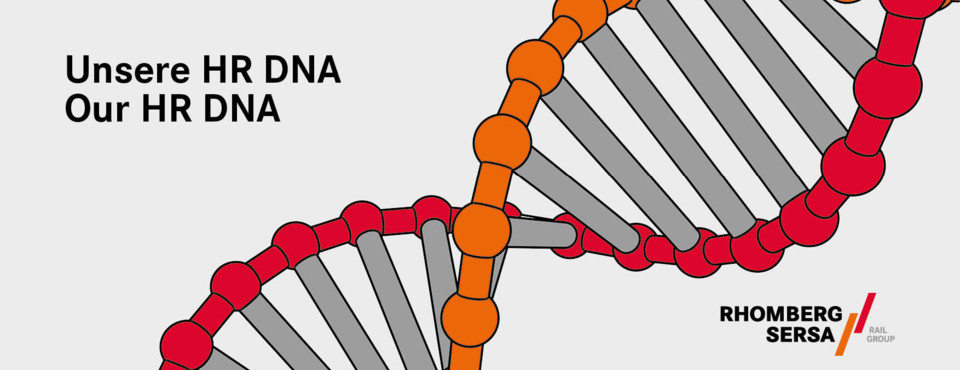Digitisation of route knowledge system
Digitisation of route knowledge system eliminates paper and slashes time spent on repetitive tasks
 global
global
 Austria
Austria
 Germany
Germany
 Switzerland
Switzerland
 United Kingdom
United Kingdom
 Ireland
Ireland
 Australia
Australia
 North America
North America
 Nordics
Nordics
Digitisation of route knowledge system eliminates paper and slashes time spent on repetitive tasks
Rhomberg Sersa Ireland has introduced a route knowledge management system which provides evidence of drivers’ maintenance of competency.
The only one of its kind on the market, the Automated Archived Route Knowledge (AARK) system digitally records what routes drivers have driven and provides evidence they are competent on that route as a result of exposure.
The digitisation of the staff’s route knowledge is an example of the constant movement within RSRG to introduce innovations which improve safety, accelerate progress and maximise resources.
AARK has eliminated the need for a paper-based system and confirms drivers are competent on specific routes and can therefore continue to drive them.
Andy McKay, Training and Competence Manager with Rhomberg Sersa, said the electronic route portfolio benefits both the client and the drivers as it provides immediate factual information.
“Previously it there was an incident, we had to go to Planning and see who was on shift,” he said. “Then we’d have to find out who was controlling the machine, and then look backwards through operations logs to establish the driver’s level of exposure to the route concerned.”
“But now it’s all automatically recorded.”
The app-based system asks two questions of drivers when they begin their shift.
The first is ‘What are you doing on the train?’ and the drivers selects whether they are working that shift as a driver, a guard, a route conductor etc. The second question asks what type of train they are driving.
The driver then puts their phone on flight mode in order to avoid any distractions but the phone remains capable of pulling down GPS information. This locator information is recorded and provides evidence that a driver has experience of driving a route and is therefore competent to keep driving it.
“AARK gathers real time evidence of what routes the driver has driven over, and in what capacity and on what traction type” said Mr McKay.
“Because OTM drivers don’t have a set day or route and have to go where the machines are needed, evidence is required that a driver has driven the route required within the refresh period and is competent on it.”
Frequency of use makes a driver “competent” and a driver is required to drive a route at least once a year to be deemed competent.
The system was created to increase safety and it also “takes the guessing and paperwork out of it”.
The system can alert a driver when their route knowledge is at risk of lapsing. This means they have enough time to drive the route again within the required 12 month refresh window. If they miss the 12 month window, they are required to sit an exam in order to be deemed competent again.
The digitisation of route knowledge has ensured a more streamlined process and reduced both waste and risk.
